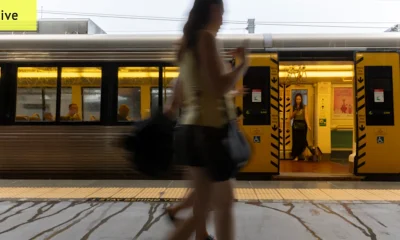Science
Going to Mars? You Might Have to Take a Detour Through Venus First – News18
Flying through Venus will use its gravity to alter the course of the spacecraft, aiding in reduced amount of energy needed, saving fuel and the cost.

All the spacecraft and flying missions to outer space follow a certain trajectory that is pre-decided by the scientists. In a new white paper draft, submitted for peer review at Acta Astronautica, a team of researchers have suggested that future spacecrafts to Mars will have a chance to get off at Venus.
This flying opportunity will be possible as some of the human missions to Mars have to follow a Venus fly-by trajectory. Scientists also suggest that a trip to Venus, while going to Mars, will be cheap and convenient, as compared to flying directly from Earth to the red planet.
The paper also mentioned that flying directly from Earth to Mars might be a little difficult as scientists will have to wait for both the planets to align their orbits. The con of taking this is waiting for a period of one and a half year before the mission returns to the Earth.
A dedicated year-long Venus flyby mission could serve as a valuable shakedown cruise for the deep-space transport systems needed for the first human mission to Mars, suggests the paper.
Flying through Venus will use its gravity to alter the course of the spacecraft, aiding in reduced amount of energy needed, saving fuel and the cost.
The researchers suggest that these flybys will give opportunities for astronauts to practice deep space human operations with a safe option to return to the Earth. Venus flybys, as part of dedicated missions to Mars, also enable human in the loop scientific study of the second planet, they added.

-

 General22 hours ago
General22 hours agoFrom jackaroo to ‘Golden Tonsils’ radio titan: the life and career of John Laws
-

 General13 hours ago
General13 hours agoAFL gives teams finishing 10th chance to win premiership through wildcard round in finals
-

 General9 hours ago
General9 hours agoPrincess Anne remembers Porepunkah police officers in wreath-laying ceremony in Melbourne
-

 Noosa News11 hours ago
Noosa News11 hours agoMan allegedly exposed himself to teen girls in Newstead, Springfield; Dingo snatches shark on K’gari; BBC boss and news chief quit over Trump video outrage
